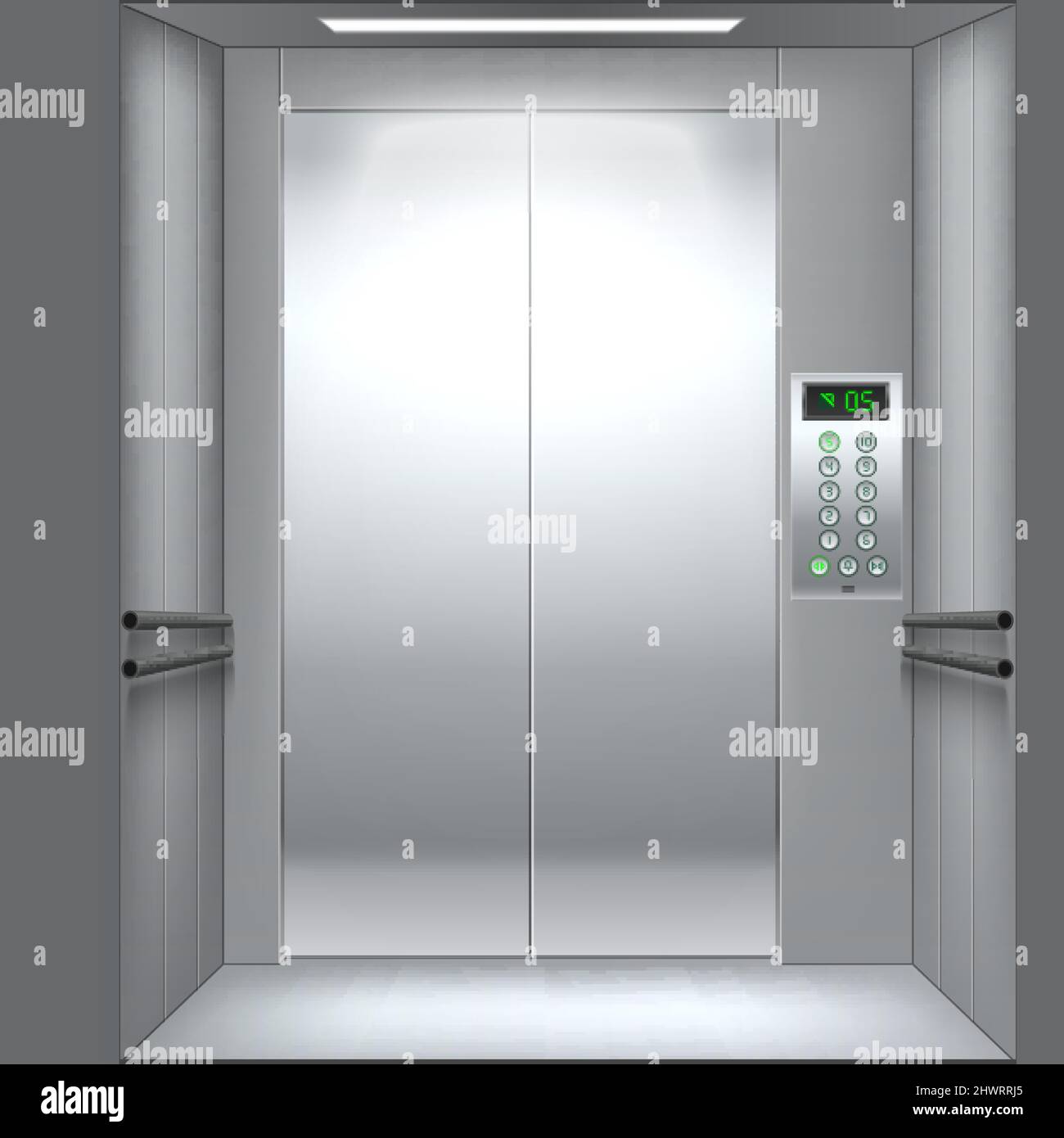London Lift Company: Trusted Experts for All Your Vertical Transportation Needs
London Lift Company: Trusted Experts for All Your Vertical Transportation Needs
Blog Article
Delving Into the World of Elevators: Usual Problems Faced by Different Lift Mechanisms
As we browse via the upright transportation systems of modern-day structures, elevators attract attention as an indispensable component of our daily lives. However, behind their smooth procedure lies a world of elaborate mechanisms that can occasionally come across challenges. From hydraulic lifts to traction systems and machine-room-less styles, each lift kind includes its collection of common concerns. Comprehending these obstacles is important for ensuring the smooth functioning of these essential systems. Let's discover the complexities that underlie the procedure of lifts and the potential problems that can arise, dropping light on the detailed web of lift devices.
Hydraulic Lifts
Hydraulic elevators, commonly preferred for low-rise buildings, make use of fluid pressure to control the motion of the elevator car (lift repair companies). This system includes a hydraulic pump pressing oil right into a cylinder, causing the lift to relocate the wanted instructions. While hydraulic lifts are known for their quiet and smooth operation, they do include their own set of usual concerns
One prevalent problem with hydraulic lifts is oil leakage. In addition, concerns with the control system, such as faulty shutoffs or a malfunctioning pump, can create disturbances in the lift's movement.
Routine upkeep and prompt repairs are important to guarantee the smooth functioning of hydraulic lifts. By addressing these typical issues proactively, structure proprietors can reduce downtime and make sure the safety and efficiency of their upright transportation system.
Grip Lifts
When considering upright transportation systems in buildings, another usual type in addition to hydraulic elevators is the traction lift. Traction lifts operate making use of a system of ropes and counterweights that move the elevator car by grasping onto the hoist ropes. This device permits smoother and faster upright transportation compared to hydraulic systems.
Among the typical problems dealt with by traction lifts is rope wear. The constant movement of the ropes within the traction system can cause damage gradually, potentially creating the elevator to breakdown or become unsafe for usage. Regular examinations and maintenance of the ropes are important to make sure the lift's appropriate performance and safety.
One more problem that grip lifts might experience is associated with the control system. Issues with the control system can bring about problems such as irregular movement, delays in reaction times, or also full shutdowns. Regular screening and upkeep of the control system are vital to stop such concerns and make certain the elevator's dependability.
Machine-Room-Less (MRL) Lifts

One of the key parts of MRL elevators is the portable gearless traction machine that is mounted within the navigate here hoistway. This device successfully drives the lift cars and truck without the requirement for cumbersome equipment located in conventional traction elevators. In addition, MRL elevators commonly utilize a counterweight system to stabilize the vehicle, more enhancing their power effectiveness.
Regardless of their benefits, MRL lifts may deal with obstacles connected to upkeep and fixing because of the confined room for tools installation. Availability for servicing components within the shaft can be limited, needing specialized training for professionals. Proper maintenance timetables and normal inspections are vital to guarantee the continued smooth procedure of MRL elevators.
Overloading and Weight Restriction Issues
Are lifts equipped to deal with excess weight tons effectively and securely? Overwhelming and weight restriction concerns are crucial worries in lift procedures. Lift makers style lifts with details weight capabilities to make sure traveler safety and equipment long life. Going beyond these weight limitations can result in different issues, consisting of mechanical failures, hold-ups, and security risks.
When lifts are overloaded, it places too much stress on the motor, cords, and various other parts, possibly causing malfunctions or malfunctions. Safety and security devices such as sensing units and overload sensors remain in location to avoid lifts important source from moving if they spot excess weight. Furthermore, exceeding weight limitations can lead to raised energy intake and deterioration on the lift system.
To alleviate overloading problems, building supervisors should plainly present weight limitations in elevators and enlighten passengers on the relevance of adhering to these limitations - lift repair companies. Regular maintenance checks by certified service technicians can likewise help make sure that lifts are operating within risk-free weight criteria. By attending to overloading and weight restriction issues proactively, structure owners can about his improve lift safety and effectiveness
Electric System Failures
Exceeding weight limits in elevators can not just lead to mechanical concerns yet additionally possibly add to electrical system failures within the lift infrastructure. Electrical system failures are a crucial issue in elevator procedure, as they can create unanticipated closures, breakdowns, or also security risks.
Routine upkeep and assessments are critical to determine and address prospective electric problems without delay, making sure the safe and effective operation of elevator systems. By sticking to weight limits and performing routine electrical system checks, structure owners can mitigate the danger of electrical failings in elevators.
Verdict

Hydraulic elevators, often liked for low-rise buildings, utilize fluid pressure to regulate the motion of the elevator car.When taking into consideration vertical transport systems in buildings, an additional common kind apart from hydraulic lifts is the grip elevator. Grip lifts operate making use of a system of ropes and counterweights that relocate the elevator auto by grasping onto the hoist ropes. Unlike traditional lifts that call for a separate equipment room to house the tools, MRL elevators incorporate many of the elements within the shaft, eliminating the demand for a specialized equipment room.In verdict, elevators deal with usual issues such as hydraulic malfunctions, grip system failings, and electric system issues.
Report this page